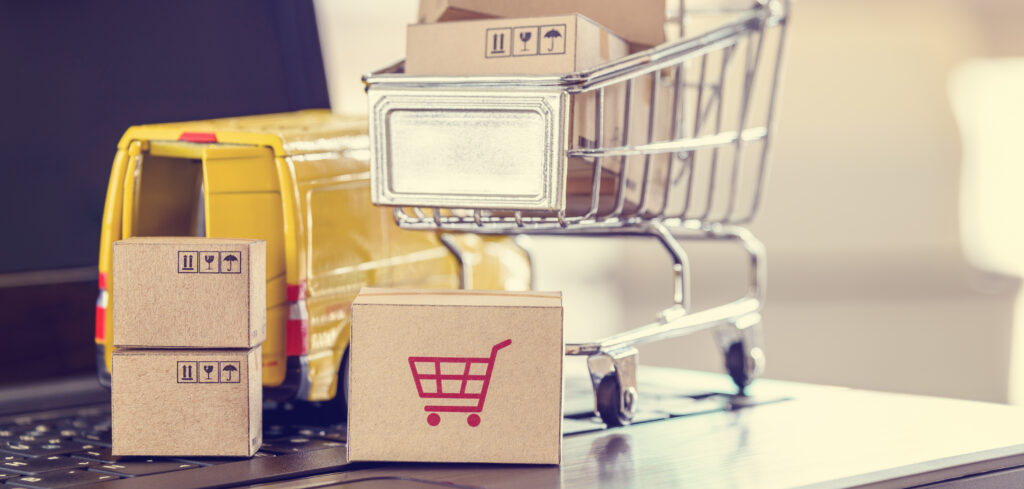In light of Zara’s bold move to charge consumers for returns, and inflationary pressures being put on retailers, Al Gerrie, CEO at ZigZag Global, discusses the wider impact on the industry.
The announcement that Zara has begun charging customers £1.95 (US$2.39) for returning items bought online has sent shockwaves throughout the retail industry. This, coupled with all-time high levels of inflation and supply chain shortages, is a testament to the challenges facing retailers today.
The situation highlights the necessity for retailers to recoup some of the costs lost through the returns process. And, with the aforementioned issues alongside increasing labor shortages and fuel surcharges, it is unsurprising that retailers like Zara have adopted this policy.
The move to start charging customers is a brave decision and one that has caused an uproar. Considering the behavioral change brought about by Covid-19, returns were an obvious starting point to make up lost ground. The question is, what does this mean for the future of returns, and will retailers follow Zara’s lead?
The importance of returns policies to consumers
Returns policies can be the make or break for consumers when it comes to shopping online. Retailers have flirted with a combination of different policies for years but the one that has stuck recently has predominantly been to offer customers free returns.
A recent research study conducted by ZigZag Global found that an online retail returns policy is important to 68% of UK shoppers when it comes to whether they make a purchase. The fact that over 75% of UK shoppers now check the returns policy before making a purchase shows just how pivotal a returns policy is to retailers and consumers alike.
The nature of ‘free returns’
The frequency of returns has increased significantly with shoppers unable to try on items in some stores due to Covid-19 policies. This means online baskets are often filled with the same items in a variety of colors and sizes. This is particularly true among the younger generations.
Although the problem often lies in the disparity between various retailers’ sizing guides and the lack of clear guidance when shopping online, the cost to restock, repack, post and sanitize returned items is turning into a retail nightmare. These hidden costs are not only wiping out retailers’ profit margins but are also environmentally unsustainable.
Retailers are unable to cope with the mounting inflationary pressure and increasing rate of returns. ASOS recently announced that its full-year profits will fall sharply as cash-strapped customers start to return more items. With the retailer’s share price tumbling, it will be only a matter of time before ASOS follows in Zara’s footsteps.
Clearly, there is no such thing as a ‘free’ return and, quite frankly, consumers have been spoiled with free returns for many years. It is important for the future of retail that retailers and customers alike recognize the need for returns to become streamlined and sustainable.
The future of returns
Though the frequency and value of returns are on the rise, this doesn’t have to cost the retailer a sale. Retailers now have a wealth of options to recoup the loss of one sale and encourage customer loyalty and repeat purchases. Whether that be by offering refunds to the retailer’s digital gift card, live exchanges or re-commerce opportunities, retailers can turn small losses into large gains in the long run.
In ZigZag’s research, 82% of UK shoppers said that an easy returns experience would encourage them to shop again. Evidently, it is something that retailers must get right, and giving consumers the choice over multiple returns options is the way forward. I expect this combination of options to be a mainstay of returns policies in the coming months and years.
Free returns are certainly not dead. There is a place for them in certain circumstances, but the tide on returns policies is beginning to turn. Brexit has taught us that we are in for the long haul regarding labor shortages, increasing costs and mounting inflation.
The challenge for retailers is to manage those costs carefully. If they start charging for returns, the process for customers has to be seamless with a choice of several home collection or drop-off solutions.
Currently, a quarter (26%) of UK shoppers say they find the returns experience frustrating. If retailers are to survive the current onslaught and mounting consumer frustrations, they must get the returns process right.
Learn more about the role postal operators can play in improving the returns process in the September 2022 issue of Parcel and Postal Technology International, coming soon!


